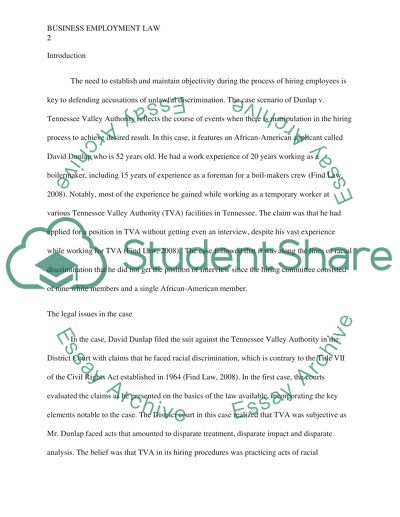Cite this document
(“Business Employment Law Case Study Example | Topics and Well Written Essays - 1000 words”, n.d.)
Retrieved from https://studentshare.org/human-resources/1661608-business-employment-law
Retrieved from https://studentshare.org/human-resources/1661608-business-employment-law
(Business Employment Law Case Study Example | Topics and Well Written Essays - 1000 Words)
https://studentshare.org/human-resources/1661608-business-employment-law.
https://studentshare.org/human-resources/1661608-business-employment-law.
“Business Employment Law Case Study Example | Topics and Well Written Essays - 1000 Words”, n.d. https://studentshare.org/human-resources/1661608-business-employment-law.


